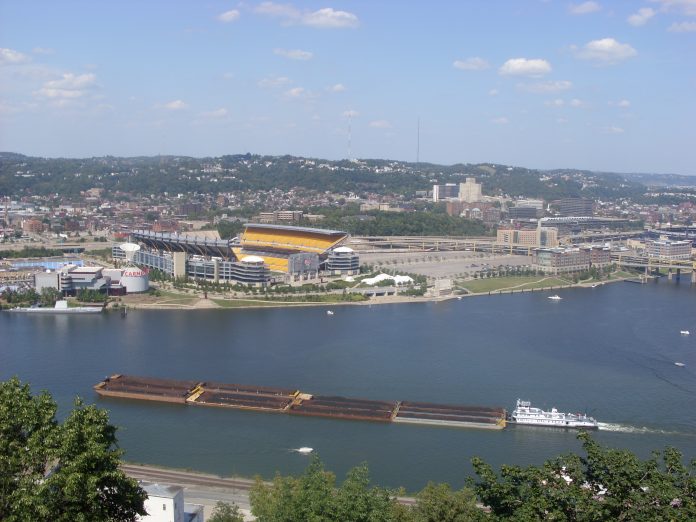
Inland waterways are under-utilised and could offer a quick and cost-effective solution to congestion in US ports, on roads and for rail cargo, according to the Federal Maritime Commission (FMC).
In an exclusive interview with Container News, commissioner Carl Bentzel said he met with Dutch embassy officials and discussed and assessed the evolution of the European inland cargo transportation system and he believes that the current US system, while under used could be easily adapted to transport containers.
“The US has a robust inland waterway system, but it has never evolved in the way that the European network has,” said Bentzel.

Although, Bentzel conceded that the FMC as a regulatory body was not in a position to effect the necessary changes to develop a more efficient inland system, he said that he had studied the European model which, in the early 1970’s, was very similar to the US model in today’s market.
In 1975 some 10,000TEU was carried on inland barges in Europe, by 2019 that figure had increased to more than 2 million TEU.
Growth in the European model was possible, according to Bentzel, because the Europeans introduced transparency of operational abilities, a regularity to services, interchange agreements between modes and an awareness of the possibilities to the shipping community.
In addition, “The EU regulatory authorities took an interest and they favoured river movements of goods,” partly for environmental reasons, said Bentzel.
In the US the river system is already used for bulk cargoes such as chemicals, petroleum products and other bulk commodities, the tug barges pull up to four barges along the rivers, but the cost to adjust to carrying containers would be minimal. Bentzel believes the US river barges could double stack four containers on each towed barge, “that would be 16 containers each,” he said.
However, the system needs to shift from a private movement of goods, where a shipper contracts a vessel owner to move cargo in a private transaction, to a public model that will allow industry interests to know when vessels will be operating and where and can book cargo appropriately.
“At the moment no-one knows what’s happening, when barges are travelling, that is a major impediment to the development of the river system,” explained Bentzel, adding that “an Uber style system for booking cargo could easily be established using a cell phone apps, a little work could result in extra income for the tug barge industry, it’s all gravy, but at the moment they’re passing freight by. ”
The initial steps for developing a US inland container market would be to first quantify the market, look at the existing resources and then set up standards, with a similar agency established for jurisdiction as is currently used for intermodal traffic.
In Europe the deepsea carriers worked with the ports to establish a workable system. It is not beyond the US operators to establish a similar system. “There are some challenges, with water levels, and other draft issues, but the river operators have already said they would pay more in taxes if the government commits to dredging,” claimed the commissioner.

Large ports in the US are looking to tackle their congestion problems and the opening of an inland river network could in the future allow for an overflow system with inland ports, similar to Duisberg in Germany offering intermodal transportation that would allow free trade zones to develop in central regions of the country, including areas such as Memphis, Kentucky and “St Louis would eb a prime venue,” argued Bentzel.
According to the commissioner the river systems in the west run through Sacramento and north all the way to Washington state, while in the eastern half of the US the Tombigbee River, the Mississippi and others can connect towns from the Gulf of Mexico all the way to the Great Lakes.
Nick Savvides
Managing Editor





